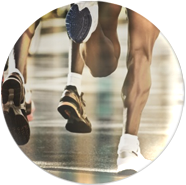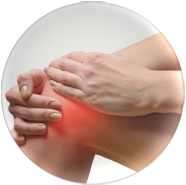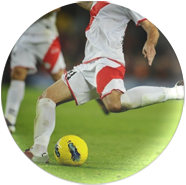Fluids and exercise
During exercise water is lost from the body at a rate which is determined by the individual, environment, work rate and clothing. Alongside water sodium chloride (salt) is lost to a variable degree in sweat. If water loss exceeds 2% of body weight then performance can suffer and injury rate increases. Further water loss, especially when combined with an increased ambient temperature can precipitate more serious conditions such as collapse and heat stroke.
With this in mind there has been a tendency among athletes to aggressively over hydrate prior to and during competition. However there are potentially serious consequences to over drinking if blood sodium levels fall too low leading to swelling of the brain and its associated complications. There are no performance advantages to being over hydrated.
Subsequently it is important to find a balance to in order to maintain a healthy hydration status. The aim is to start exercise in a hydrated state (but not over hydrated) and to replace lost fluids appropriately. The first step is to determine normal hydration status. Having established adequate hydration the night before early morning nude body weight, with an empty bladder, is used as a baseline. Three or more readings are necessary to define a true average. If subsequent equivalent readings drop off this suggests an inadequate rehydration regime.
Body mass before and after exercise is used to calculate water requirements (1kg equals 1 litre of water) but be wary that sweat soaked clothing will underestimate water loss.
Rehydration is best achieved over many hours. Meals or snacks will replace salt loss and trigger thirst. Rapid fluid replacement is less effective as some will be lost in directly in urine. If more aggressive rehydration is necessary due to imminent further exercise demands then 1.5 times the calculated water loss should be consumed to overcome this.



